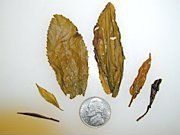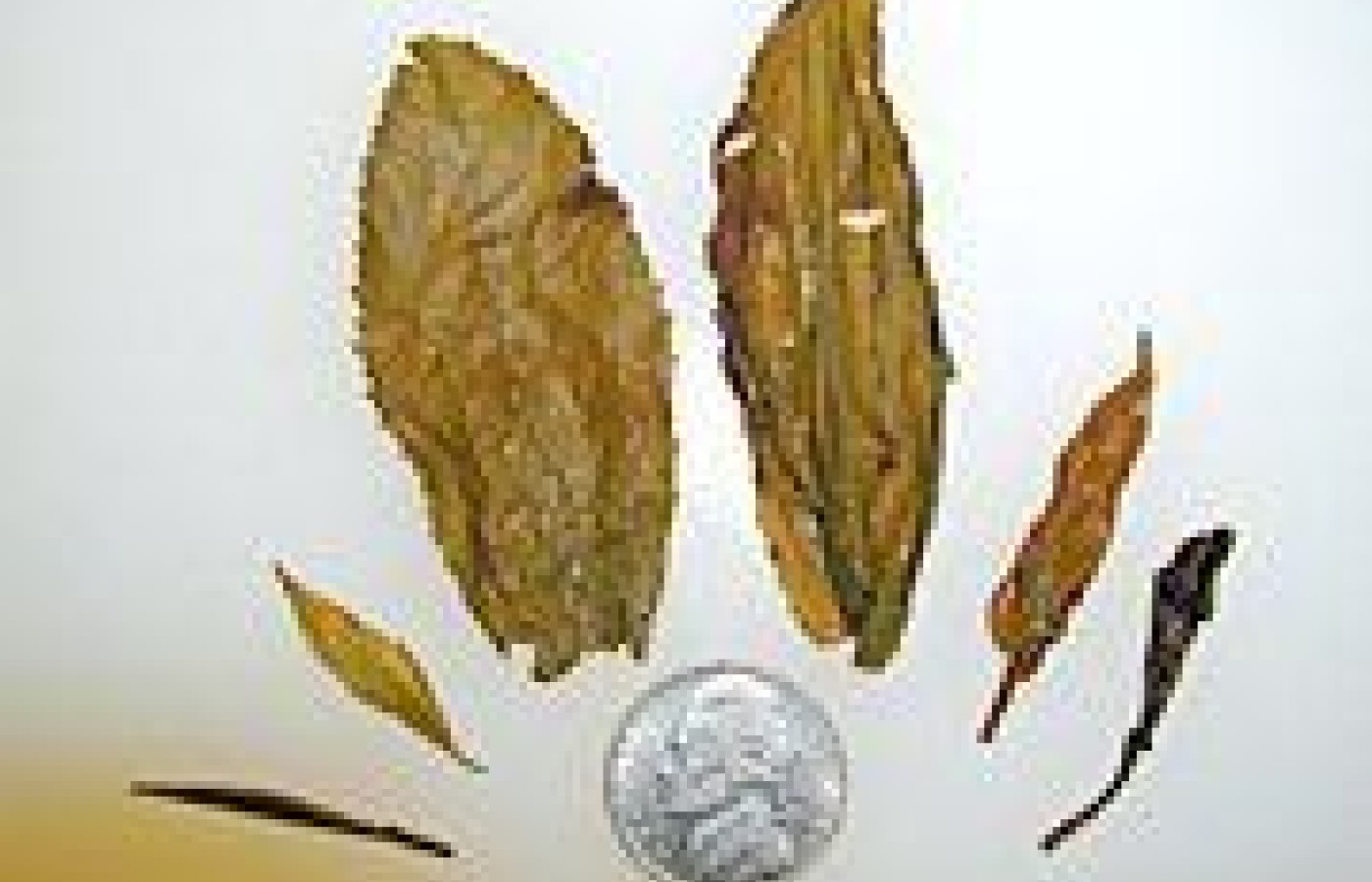Whether you accept it, avoid it or live somewhere in between, insurance coverage has become a defining issue for our profession. Patients increasingly expect to use their benefits, practitioners want to be compensated fairly for their time and expertise, and the system itself remains – at best – fragmented. The encouraging news is that coverage has expanded in meaningful ways. The challenging news is that reimbursement, across the board, remains inadequate.
Camellia Sinensis (Cha) Use in Traditional Chinese Medicine
General Information About Cha
Green tea is commonly used in China and most Asian cultures. It is used as commonly, or more commonly, than sheng jiang and lu cong (fresh ginger root and green onions). The Latin name for tea is camellia sinensis. It is called cha in China. The name changed to "chai" as tea spread into the Middle East. We will refer to tea as cha unless there is mention of a specific tea style or variety.
All camellia sinensis is grown and picked as a green tea leaf, the majority of which are green, red or black teas with a small delicate leaf structure, and available in many varieties. Oolong teas are a subspecies of camellia sinensis with a large, hardy, thick wax-like leaf structure, also available in many varieties. Approximately 300 different varieties of cha are currently produced in China alone.
Cha is available in seven basic styles:
- White tea (bai cha): a green tea leaf covered with a white, dowry, hair-like fur, yielding a pale green beverage. Usually air-dried in the sun.
- Green tea (lu cha): a green tea leaf, yielding a bright green beverage. Usually dry-fried or forced hot-air dried.
- Red tea (hong cha): a green tea leaf, processed (oxidized/fermented) into a dark colored tea leaf, yielding a red beverage. Usually dry-fried or hot-air dried.
- Black tea (hei cha): a green tea leaf, processed into a very dark colored tea leaf, yielding a very dark red beverage. Usually forced hot-air dried.
- Green oolong (qing cha): oxidized 15-20 percent before being oven-roasted dried, yielding a green-to-gold beverage.
- Red oolong: oxidized 40-50 percent before being oven-roasted dried, yielding a red beverage.
- Scented teas: any of the above teas which have been scented by the addition of flowers or fruits, such as jasmine, magnolia, peach, etc. The characteristics of the beverage are based largely on the type and variety of tea being "adulterated," as the traditional Chinese tea connoisseurs would say. (With the exception of fine jasmine teas, often low-grade teas are used for this style of tea, since the added scents can enhance an otherwise ordinary tea).
General Cha Properties

Green tea is a cooling herb, full of antioxidants. As with other herbs, processing (oxidation and oven roasting) converts the cooling property of green (raw) tea into a neutral or warming property. Thus the darker the tea, the more boost it will have on circulating metabolism. However, some of the antioxidant action is lost during the conversion process.
Green teas tend to have a bitter taste, thus a more draining action. Red teas tend to have a sweet taste, thus a more tonifying action.
Furthermore, the specific variety of the being processed to any degree will largely influence the resultant action of the final product. Examples are pu erh cha for reducing cholesterol and oolong cha for regulating blood pressure.
TCM Cha Classic Texts
Tang Dynasty (618-907 AD)
- Cha Jing (Tea Classic) authored by Lu Yu
- Xing Xiu Ben Cao , also called Tang Ben Cao, authored by Su Jing, referencing a mere 95 Chinese characters (words) discussing the subject
A. Tea is:B. Tea treats:
- Bitter, sweet
- Cool nature
- Non-toxic
C. Growing: Spring/Fall
- Puritis
- Urine retention
- Clears phlegm
- Thirst
- Internal heat
- Fatigue
D. Bitter tea moves qi down
E. Cook with:
- shan zhu yu (fructus cornus)
- cong bai (white stalk of green onion)
- sheng jiang (fresh ginger root)
For gastrointestinal disturbance due to stuck qi. Moves stomach qi down.
Since Su Jing's book, additional information from various doctors throughout the country was compiled.
3. General Theory
Xing Wei (nature, taste)
A. Four qi - various teasB. Five tastes
- cold
- cool
- warm
- hot
- pungent
- sweet - tonifying
- sour
- bitter - draining
- salty
Jin/Yuen Dynasty (960-1279 AD)
4. Tang Ye Ben Cao (Original Herb Plant Soup), author unknown
A. Discusses "gui jing" theory (return to meridians)
B. Discusses "jing luo" theory (meridians and collaterals)
C. Identifies effect of cha on the circulation of qi and blood in hand & foot jueyin (Pericardium and Liver meridians)
D. Includes "zang fu" theory (yin & yang organs)
5. Lei Gong Pao Zhi Yao Xing Jie, author unknown
Discusses cha's effect on:
A. Heart
B. Liver
C. Spleen
D. Lung
E. Kidney
6. Cha Jing (Tea Classic), recent compilation (1992)
Twenty-four camellia sinensis effects (cha de gong xiao), resulting from different varieties of Chinese tea processed using various methods.
- sleeplessness (shao shui);
- calms spirit (an shen);
- clears vision (ming mu);
- clears head (qing tou mu);
- quenches thirst (sheng jin);
- clears heat (qing re);
- dispels summer heat (xiao shu);
- detox poison (jie du);
- aids in digestion (xiao shi);
- sober drunkenness (xing jiu);
- breaks down oils, fats (qu fei ni);
- moves qi down (xia qi);
- moves water down (li shui);
- evacuate bowels (tong bai);
- treats dysentery (zhi li);
- breaks down phlegm (qu tan);
- subdues wind (qu feng jie biao);
- strengthen teeth (jian chi);
- epigastric pain (zhi xin tong);
- treats skin fungus (liao cang zhi lou);
- fights hunger (liao ji);
- increases qi (yi qi li);
- longevity (yan nian yi shou);
- and others (qi ta) such as burning the leaves to produce smoke to be used as mosquito repellant.
Authors' note: Apparently, cha effects must be substantial in the opinion of the American Medical Association, the pharmaceutical industry and FDA, as shown by the recent discussions at the Alliance conference of the FDA's intent to reclassify green tea extract as a controlled substance in the United States (along with citrus products, ma huang and ban xia).
The next article in this series will discuss ancient TCM formulas listing cha - in some cases, a specific variety - as a primary constituent.



